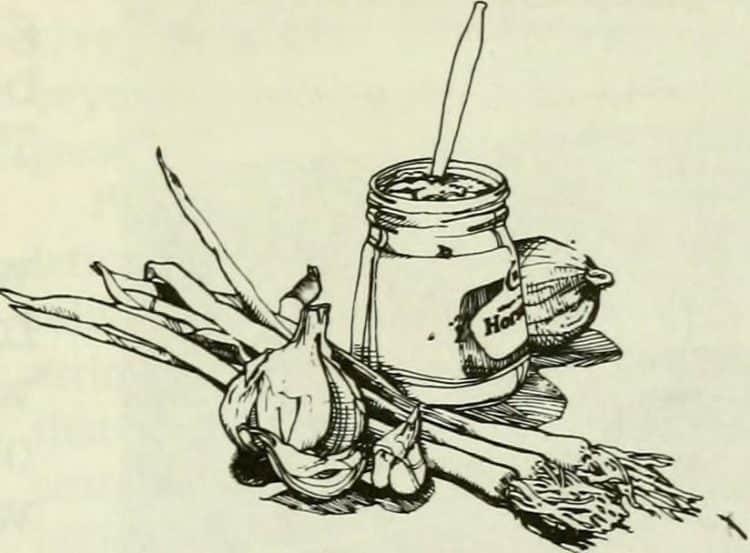Terp runs for those sweet cannabis terpenes
The entire science behind the physiology of terpene profiles is gaining momentum and direction. For many years, the proper role terpenes play in the effects cannabis exerts on the human body were neglected and not well understood. Today, the landscape is shaped very differently. One need only look at the proliferation of our own magazine to see how far this science has come. If that does not convince you, check out this recent piece examining the many new companies looking to cash in on the new ways terpene science and terpene chemistry can be used in the cannabis industry.
Unlike the cannabinoids found in the Cannabis genus, there are many ways to obtain almost every terpene, given that they are structurally related and, as a whole, exist in almost every plant that grows on Earth. Some plants are predominantly associated with one terpene; lavenders and linalool, citrus fruit and D-limonene, or pine trees and alpha– and beta-pinene. Other plants, such as Cannabis sativa, express a wide variety of individual terpenes at either minor or major relative concentration levels. Scores of molecules come together, and their entire molecular composition must aggregately be taken into account when trying to synthetically recreate a chemovar’s physiological effects and chemical identity.
That’s why many companies now are looking to move towards cannabis-derived terpene products. The Shakespearean adage concerning a single terpene is undoubtedly true, that the same terpene from any other source would smell as sweet. But a lack of analytical power in discerning, and therefore recreating the presence of the multitude of minor terpenes in cannabis leads to a disfiguration of the overall profile, and therein lies the rub. Without the proper presence of the many minor terpene constituents in a cannabis cultivar, the entire endeavor is doomed to be star-crossed.
So, entrepreneurs and scientists are leaning more towards using terpene mixtures that are directly purified from the cannabis plant in an attempt to transfer as much of their profile as is possible to the extract, even assuming some loss in transfer.
While hard data regarding methods used to specifically pull terpenes out of cannabis seems to be a closely-guarded secret among the manufacturers who perform these extractions, some information is available. It seems likely that a subcritical/supercritical CO2 system has the upper hand when it comes to specifically pulling out terpenes from an extraction matrix, given that the hydrophobicity and other parameters of the solvent can be altered to arrive at a point best suited for pulling out only terpenes. Anecdotal evidence would suggest that a CO2 system running at a subcritical (i.e. lower-than-normal) molecular density (between 43-46 lbs/ft3) is ideal for the selective removal of low molecular weight terpenes from cannabis plants. Once the terpenes are extracted, the pressure and temperature is raised to standard supercritical levels for cannabinoid extractions.
Hydrocarbon extractions which use wiped film distillation schemes may still be able to pull pleasant aromas from their crude mixtures, although the purity of this terpene composition remains unclear. Likewise, curing and storage conditions which favor cold temperatures and no exposure to light will produce more faithful terpene extracts.
While much is obscured in this particular arena of cannabis science, there exists a growing interest in cannabis-derived terpene products, and we expect the momentum of this interest to only increase.
Image Credit: Flickr











